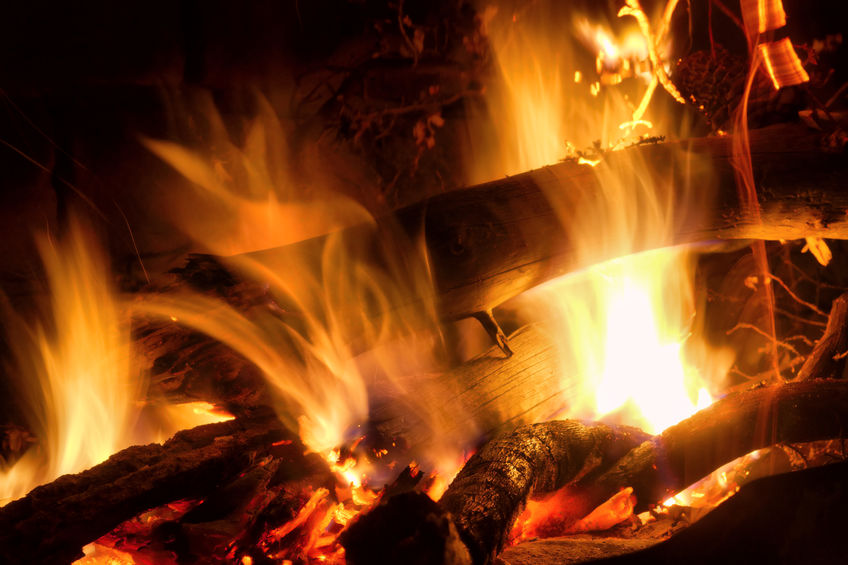Why are the World Bank and other international institutions promoting widespread use of charcoal for heating and cooking in sub-Saharan Africa (SSA)?
During the recent 2019 “climate week,” the United Nations Intergovernmental Panel on Climate Change touted increased reliance on biomass – which already comprises 60 percent of European renewable energy – as a tool in fighting climate change.
The Dogwood Alliance objected to the IPCC report, claiming that biomass (largely charcoal) contributes to deforestation. Dogwood’s arguments reflect the views of Norimitsu Onishi, whose 2016 article in The New York Times pointed out that burning charcoal not only poses human health concerns, it also constitutes a massive threat to the environment.
The UN Environment Programme predicts that Africa’s demand for charcoal – currently 23 million tons a year — is likely to double or triple by 2050. Africa’s charcoal production doubled in the past two decades and now accounts for more than 60 percent of the world’s total, according to the UN Food and Agriculture Organization. Rapid urbanization increased demand for charcoal – the preferred way to cook in SSA cities.
Onishi acknowledged that charcoal is cleaner and easier to us than firewood, and cheaper and more readily available in much of Africa than gas or electricity. As a result, 80 percent of SSA families use charcoal as their primary energy source.
The World Health Organization reports that over 4.3 million people a year die prematurely from illness attributable to household air pollution resulting from burning charcoal and other solid fuels in open fires and leaky stoves – more than from AIDS, malaria, and tuberculosis combined.
The WHO further stated that lack of access to electricity for at least 1.2 billion people exposes households to very high levels of fine particulate matter. Lack of electricity also results in other health risks (burns, injuries, and poisonings) and constrains other opportunities for health and development – such as studying or engaging in small crafts and trades.
Electrifying Africa
Why, over a century after affordable electricity began to transform Western society, is over half of Africa still not connected to any electric grid?
The World Bank notes that SSA’s household electrification rate averaged 42 percent in 2016 – with Rwanda at 80 percent and Guinea-Bissau at 30 percent.
Three factors hinder demand for electric power in much of Africa, according to ZimbabweSituation.com. Many firms and households already connected to the grid in SSA face regular blackouts. Poor grid reliability typically means continued reliance on charcoal, forcing connected households to pay for two energy sources.
Next, where electricity bills take up a large share of household income, access to electricity is significantly low. Countries with poor grid penetration typically use higher tariffs to finance infrastructure to improve their electric grids. But high tariffs translate into high energy bills that deter consumers.
The cost and complexity of the connection process also hampers electrification. Where generation capacity is insufficient, utilities may delay new connections until infrastructure investments catch up with consumer demand. But the Catch-22 is that these administrative barriers, red tape, and connection costs drive down demand.
In most places, according to Patrick Conners, the Energy Guy, wood competes dollar for dollar with natural gas but pollutes much more and requires far more work: hauling and stacking the wood, stoking and tending the fire, and cleaning out all the ashes afterward. A furnace gives much more uniform heat without the smoke and draft issues.
African electricity costs and reliability will only come with modernization and expansion of the electric grid. The late Steven Lyazi, who worked with the Congress of Racial Equality in Uganda, acknowledged that the availability of solar energy is good news to millions of Africans who rely on firewood, dung, and charcoal for cooking. But, he added, solar and wind are, at best, stopgap solutions on the way to energy security.
“Many people,” said Lyazi, “don’t know that Africa has some big dreams.” Just one — the proposed 466-mile Trans East Africa electric railway would require much more energy that wind and solar can now provide. Africa, Lyazi explained, has great potential for nuclear energy, coal, oil, and natural gas – but powerful (largely European) environmentalists (including the World Bank) have opposed funding such projects.
Lyazi, who died in a bus accident in 2017, urged Africans to being using their abundant natural resources (defying European environmentalists who have stymied fossil fuel, hydroelectric, and nuclear power projects in Africa) to build natural gas pipelines from oilfields (that today is mostly burned and wasted, while the oil is mostly exported) to generate affordable electricity for millions? Why not build nuclear and coal plants and hydroelectric projects?
Why not indeed?
